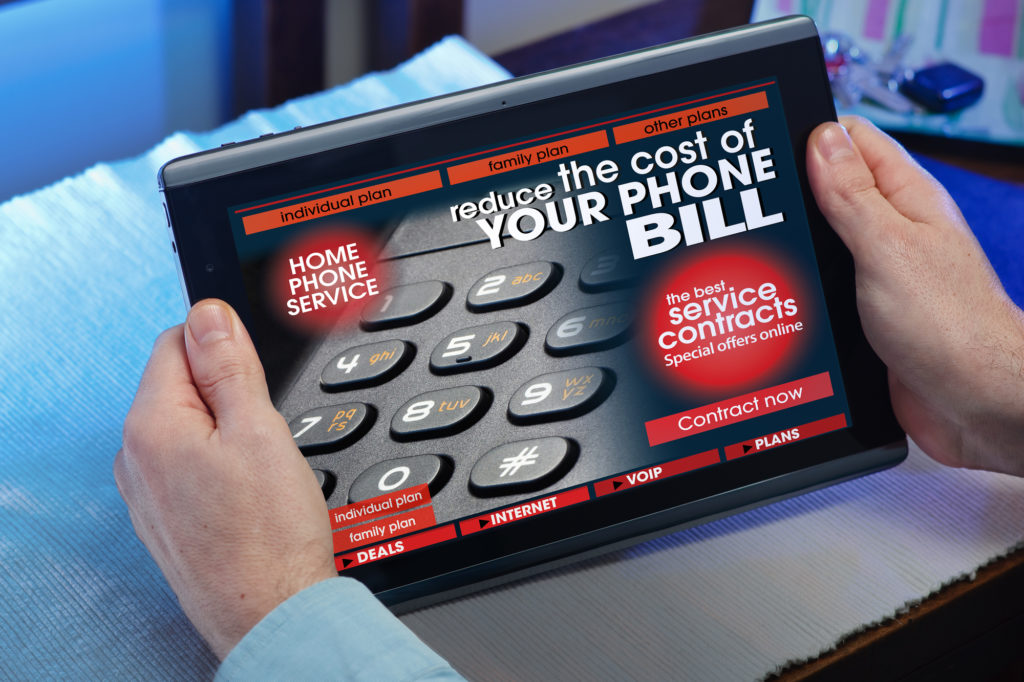(949) 281-7655
LAGUNA NIGUELBUSINESS PHONE SYSTEMS FIBER OPTIC CABLING

Bandwidth: It has a lower bandwidth compared to single-mode fiber, but can still handle the high-speed requirements for shorter distances.
Light Source: Uses LEDs or VCSELs (Vertical Cavity Surface Emitting Lasers), which are less expensive than lasers used in single-mode fiber.
Cost: Multi-mode fiber and associated equipment are generally less expensive than single-mode systems.
Advantages of Multi-Mode Fiber:
Lower cost for both fiber and associated equipment.
Easier to install and align since the light source doesn’t need as much precision.
Suitable for short-distance applications (e.g., within buildings or data centers).
Disadvantages:
Limited distance, as signal degradation increases over longer distances due to mode dispersion.
Lower bandwidth compared to single-mode fiber.
Choosing Between Single-Mode and Multi-Mode
- Single-mode fiber is best for long-distance communication (e.g., internet service providers, wide-area networks).
- Multi-mode fiber is ideal for shorter-distance communication where high speed is necessary but long-range is not required (e.g., within buildings, data centers, or local area networks).
The Phone Guy of New Mexico
Fiber Optic Cabling, Install, Repair, & Maintenance, Service Laguna Niguel
Laguna Niguel Business Phone Systems: Expert Fiber Optic Cabling Solutions for Your Business
In today’s fast-paced and technology-driven business world, reliable and high-speed communication systems are vital to maintaining productivity and staying competitive. One of the key elements that ensure your business can leverage modern communication tools like VoIP, video conferencing, and cloud-based services is a robust and reliable cabling infrastructure. At Laguna Niguel Business Phone Systems, we specialize in fiber optic cabling solutions that provide fast, secure, and reliable connectivity for businesses of all sizes.
Fiber optic cabling has become the gold standard in networking because of its high-speed capabilities, long-distance performance, and resistance to interference. Whether you’re installing a new phone system, upgrading your existing infrastructure, or expanding your business network, fiber optic cabling is essential to achieving optimal performance.
Multi-Mode Fiber Optic Cabling
Core Size: Multi-mode fiber has a larger core, typically between 50 and 100 microns in diameter.
Transmission: It allows multiple modes (light paths) to travel through the fiber, causing more dispersion as the light bounces off the core walls.
Distance: Multi-mode fiber is used for shorter distances, generally up to 2 kilometers, and is often used within buildings or campus networks.
Two industry standards for Fiber Optic Cabling:
Fiber optic cables are used for high-speed data transmission, and they come in two main types: single-mode and multi-mode. Each type has distinct characteristics that make them suited for different purposes. Here’s a comparison of the two:
Single-Mode Fiber Optic Cabling
Core Size: Single-mode fiber has a very small core, typically around 8 to 10 microns in diameter.
Transmission: It allows light to travel through the fiber in a single path, or mode, reducing signal loss and dispersion.
Distance: Single-mode fiber can transmit data over much longer distances, ranging from several kilometers to over 100 kilometers, depending on the equipment and conditions.
Bandwidth: It supports very high bandwidth and is ideal for long-distance data transmission, such as telecommunications, internet backbones, and large-scale networks.
Light Source: Uses a laser or laser diode (LED) as the light source, which produces a coherent light that travels straight down the fiber.
Cost: Single-mode fiber and associated equipment tend to be more expensive than multi-mode systems.
Advantages of Single-Mode Fiber:
Longer distance capability (up to tens of kilometers or more).
Higher bandwidth and faster data transmission.
Less signal degradation due to lower dispersion.
Disadvantages:
More expensive installation, both for the fiber itself and the equipment.
Requires more precise alignment for the light source.